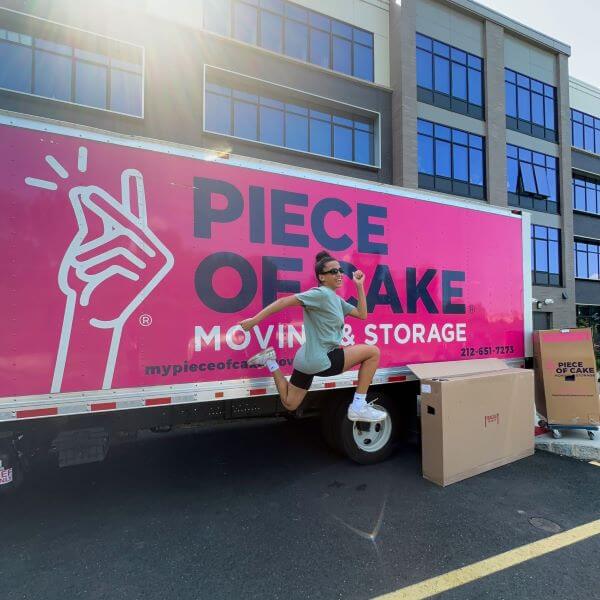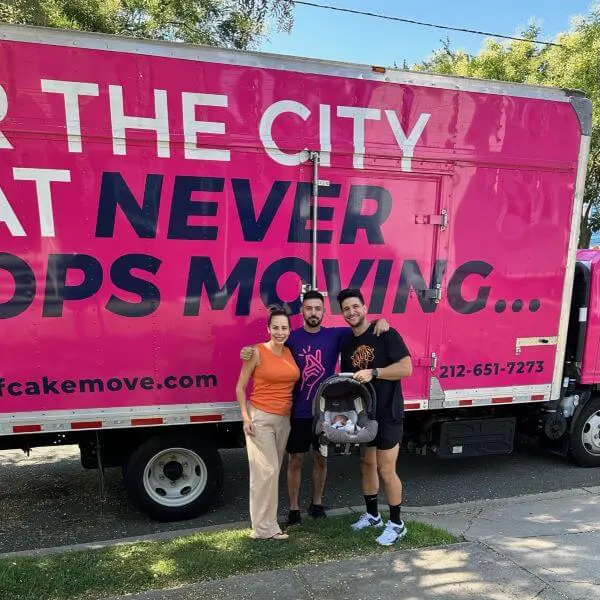How to Move a Safe
 When taking on the task of moving, you’ll likely run into several household items that are quite large and unwieldy. If you have secure storage for valuables, firearms, or important documents, then one of those items on your list to relocate may be a safe. A small or portable safe may be easy enough to move on your own, but larger ones may be hundreds of pounds and require the assistance of special tools and additional people to move.
When taking on the task of moving, you’ll likely run into several household items that are quite large and unwieldy. If you have secure storage for valuables, firearms, or important documents, then one of those items on your list to relocate may be a safe. A small or portable safe may be easy enough to move on your own, but larger ones may be hundreds of pounds and require the assistance of special tools and additional people to move.
So, what do you need to consider before attempting to do it on your own? Fantastic question. Read on for more about tackling the task of moving a safe, do-it-yourself (DIY) style.
Steps to move a safe on your own
- Grab your pals: At minimum, you’ll need 3 people with the physical ability to help you move a large safe. If you don’t have that kind of assistance available, it may be necessary to hire professional safe movers to get the job done.
- Wear the appropriate clothes: Make sure you’re dressed comfortably for physical movement, but in clothes that are baggy. Baggy clothes may run the risk of getting caught on something while moving. Wearing work gloves will also protect your hands during the move.
- Empty the safe: Making sure to take out all the items in the safe before moving it will ensure any belongings you typically store inside won’t run the risk of damage in the move. You’ll want to find a temporary way to keep these items secure in the meantime.
- Double check that the safe is locked: Ensure that the door to the safe is securely locked before moving. That way, it won’t flip open in transit and cause injury.
- Wrap the safe… to keep it safe: Using stretch wrap and moving blankets to wrap the outside of the safe will help create a buffer while you’re moving it. This buffer will reduce damage to the safe while you’re moving it out of your location and while it’s in transit as it may bump around and hit nearby surfaces.
- Get the appropriate tools for the job: This is the type of task that will benefit from the use of an appliance dolly. Renting this heavy duty tool on wheels that will help you move the very heavy safe much easier. The dolly isn’t a replacement for the assistance of other people, but it will likely be necessary to get it from point A to point B. You’ll also likely want to add some thick straps to the rental order to secure the safe on the dolly while you’re moving it around. Sliding your safe on round objects, like golf balls on PVC pipes, may sound like a genius idea. However, those items might slip and slide around making movement unstable or even cause damage to the surrounding area while you attempt to move. You’ll be glad you sprung for the right tools.
- Determine your move path: You’ll want to be very confident about removing any obstacles in the way of the path you’ll be moving your safe through in your home to the truck. Assessing how you’ll get the safe from where it’s at to the vehicle you’ll be loading it into is a key step to a successful move. Remove any other furniture, clutter, or items that could damage or be damaged by the safe. Make sure anyone helping you is also clear on the route so that the move goes smoothly. You may even decide that one person will go ahead of the safe while it’s in motion to remove any last minute items or obstacles that were missed.
- Protect the surrounding environment: Even though your safe is wrapped with stretch plastic and blankets, an item that heavy can still cause damage to floors, walls, and doorways. Covering tight turns and spaces you’ll be moving the safe through with rugs, old towels, or blankets can provide protection during the move.
- Safely load the safe onto the heavy duty dolly: This is one step where your pals will be key players. To get some wheels underneath your safe, you’ll want to get the dolly aligned right next to one side of the safe. Then, have your pals begin to tip the safe just a little bit on one side. This will allow you to scoot the dolly underneath; make sure to slide it all the way until the vertical part of the dolly touches the side of the safe. Use the straps you rented to secure the safe onto the dolly. Then you can tip the dolly onto the wheels while steadying the load safely to begin moving it.
- Take your time along your move path: Easy does it as you move this several hundred pound bulking item. This is particularly necessary in tight turns or down steps — which, if not done carefully, can cause damage or serious injury. If you know you’ll need to move the safe up or down many steps, it really may be wise to hire professionals to do the job safely.
- Load the safe onto your truck: Chances are if you are attempting to move the safe yourself, you may have secured a vehicle or rented a moving truck as well. Ideally, moving such a large item benefits from the use of a motorized loading ramp. If you don’t have one and all you have is a manual loading ramp, you’ll absolutely need the assistance of your pals to both pull the dolly up and push it into the cargo area of the truck. It’ll be key not to stop, as resting while moving on a ramp can have the momentum stop working in your favor.
Reviewing these steps ahead of time can really inform your DIY-or-not decision. Moving a safe is no small feat and there’s no shame in admitting that there’s too many details to manage or that it may not be safe for you to attempt it. In either case, hiring experienced moving professionals, such as Piece of Cake Moving and Storage, can help you relocate your safe in one easy step on your part (making the call!). We handle all sorts of big and small moves that require special attention and equipment, including moving a safe. Work with us and you’ll feel secure in knowing that leaving this big (and heavy) job of moving your safe will be done safely and with much less stress.
Ready to make a move? Get in touch today for an obligation-free guaranteed flat price moving quote.
Related articles

Average Moving Cost in Connecticut: Factors that Affect Moving Prices
Learn More

9 Tips for Moving to a Building with no Elevator
Learn More

How to Get Rid of a Couch in 8 Easy Ways
Learn More

Average Moving Costs in NJ: Factors that Affect Moving Prices
Learn More
















